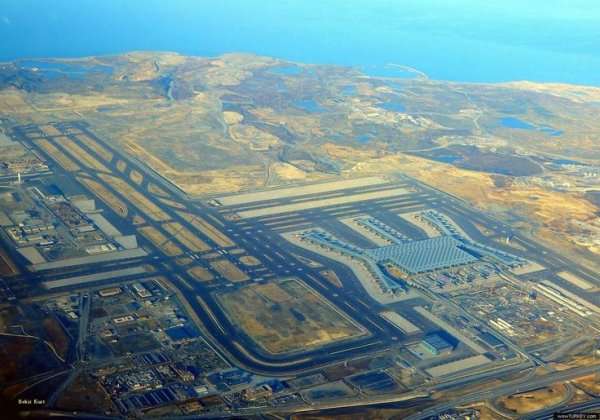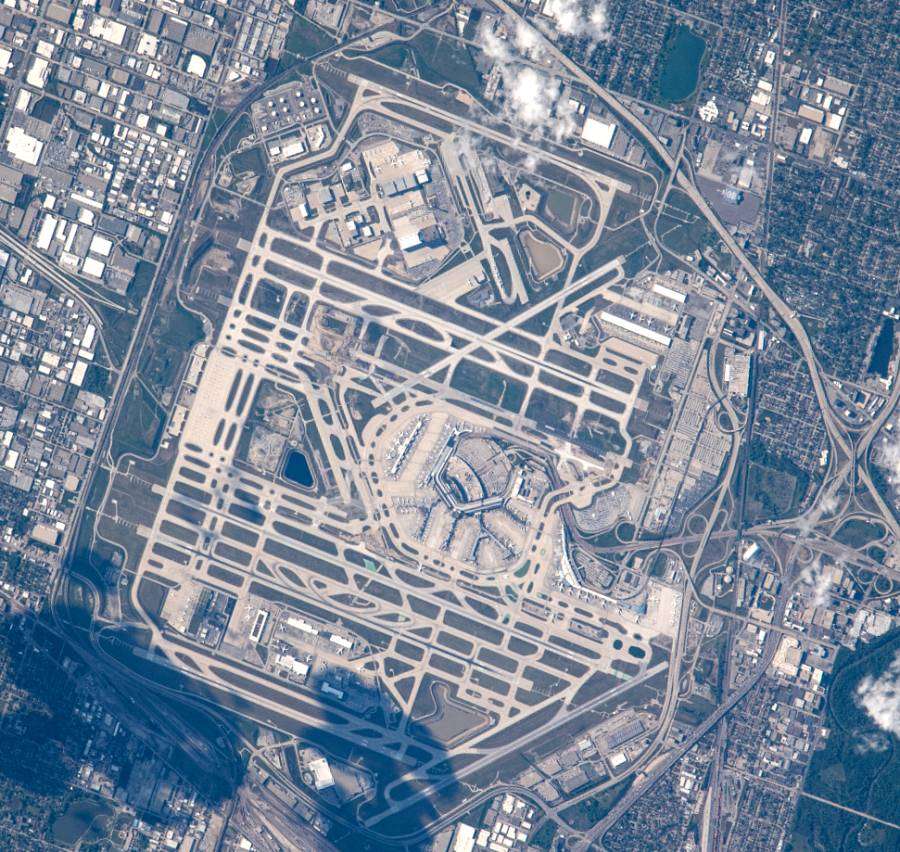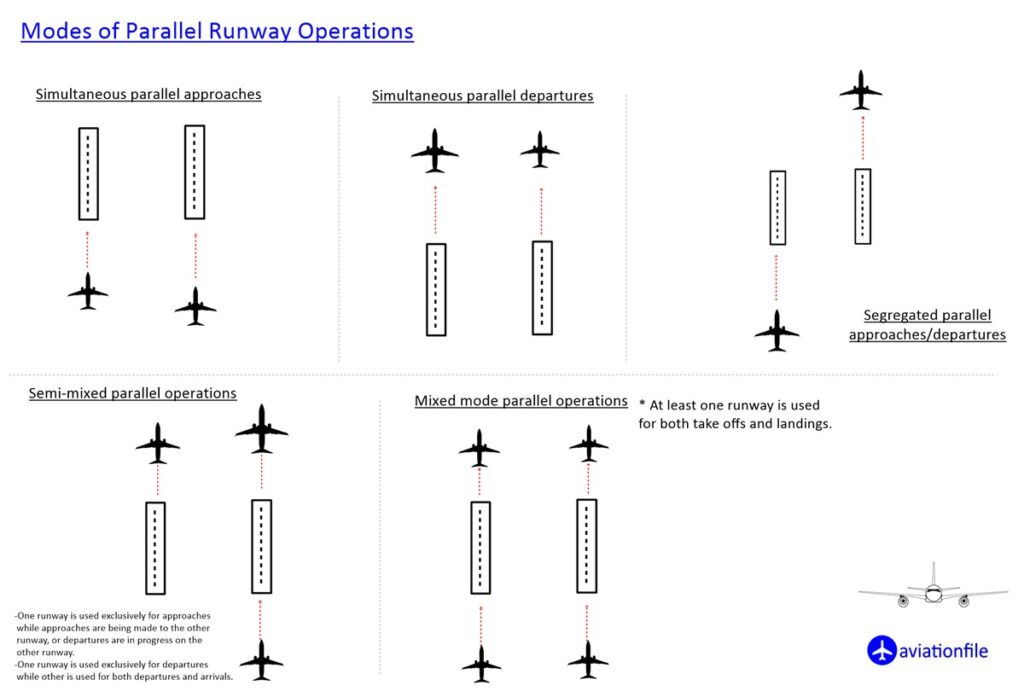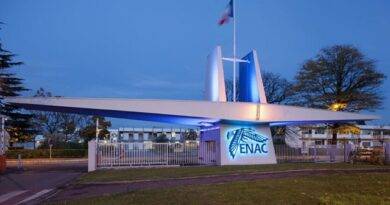Top 10 Airports with the Most Runways in the World
The number of runways at an airport is a critical determinant of its capacity, efficiency, and operational complexity. While more runways can facilitate higher traffic volumes and reduce delays, they also introduce challenges in air traffic management (ATM), taxi times, and turnaround operations. This article explores the advantages and disadvantages of multiple-runway configurations, their impact on airport performance, and presents a fact-checked list of the top 10 airports worldwide with the highest number of runways.
Advantages of Multiple Runways
- Increased Capacity and Flexibility: Multiple runways allow simultaneous takeoffs and landings, significantly boosting an airport’s capacity. For instance, Chicago O’Hare International Airport (ORD) operates eight runways, enabling it to handle a high volume of aircraft movements efficiently.
- Reduced Delays: With more runways, airports can better manage peak traffic periods, minimizing delays caused by congestion. This setup allows for more efficient scheduling and handling of unexpected disruptions.
- Operational Resilience: In cases of runway maintenance or emergencies, having additional runways ensures that airport operations can continue with minimal interruption.



Disadvantages and Operational Challenges
- Increased Complexity in Air Traffic Management: Managing multiple runways requires sophisticated coordination to prevent conflicts and ensure safety, especially during simultaneous operations.
- Longer Taxi Times: Airports with extensive runway systems may experience longer taxi distances, leading to increased fuel consumption and turnaround times. Efficient taxiway design is essential to mitigate this issue.
- Higher Infrastructure and Maintenance Costs: Building and maintaining additional runways involve significant financial investments, including land acquisition, construction, and ongoing upkeep.

Impact on Air Traffic Management (ATM), Taxi Time, and Turnaround Time
From an ATM perspective, multiple runways enhance the ability to manage airspace efficiently, allowing for parallel approaches and departures. However, this requires advanced navigation systems and coordination among air traffic controllers.
Regarding taxi time, while multiple runways can reduce airborne holding patterns, they may increase ground taxi distances if not optimally designed. This can affect turnaround time, as aircraft spend more time taxiing between runways and gates, potentially impacting flight schedules and increasing operational costs.
Top 10 Airports by Number of Runways
| Rank | Airport Name | City, Country | Number of Runways |
|---|---|---|---|
| 1 | Chicago O’Hare International Airport (ORD) | Chicago, USA | 8 |
| 2 | Dallas/Fort Worth International Airport (DFW) | Dallas/Fort Worth, USA | 7 |
| 3 | Denver International Airport (DEN) | Denver, USA | 6 |
| 4 | Detroit Metropolitan Airport (DTW) | Detroit, USA | 6 |
| 5 | Amsterdam Airport Schiphol (AMS) | Amsterdam, Netherlands | 6 |
| 6 | Boston Logan International Airport (BOS) | Boston, USA | 6 |
| 7 | Istanbul Airport (IST) | Istanbul, Turkey | 5 |
| 8 | George Bush Intercontinental Airport (IAH) | Houston, USA | 5 |
| 9 | Hartsfield–Jackson Atlanta International Airport (ATL) | Atlanta, USA | 5 |
| 10 | Paris Charles de Gaulle Airport (CDG) | Paris, France | 4 |
Note: The number of runways is based on the latest available data as of 2025.
Conclusion
The number of runways at an airport is a vital factor influencing its operational capacity, efficiency, and complexity. While multiple runways offer significant advantages in handling high traffic volumes and reducing delays, they also present challenges in terms of air traffic management, taxi times, and infrastructure costs. Effective planning and advanced management systems are essential to maximize the benefits and mitigate the drawbacks associated with multi-runway airport operations.
Recommended Article: Istanbul vs. Atlanta: A Mega-Airport Comparison in the Era of Triple Parallel Runway Operations


